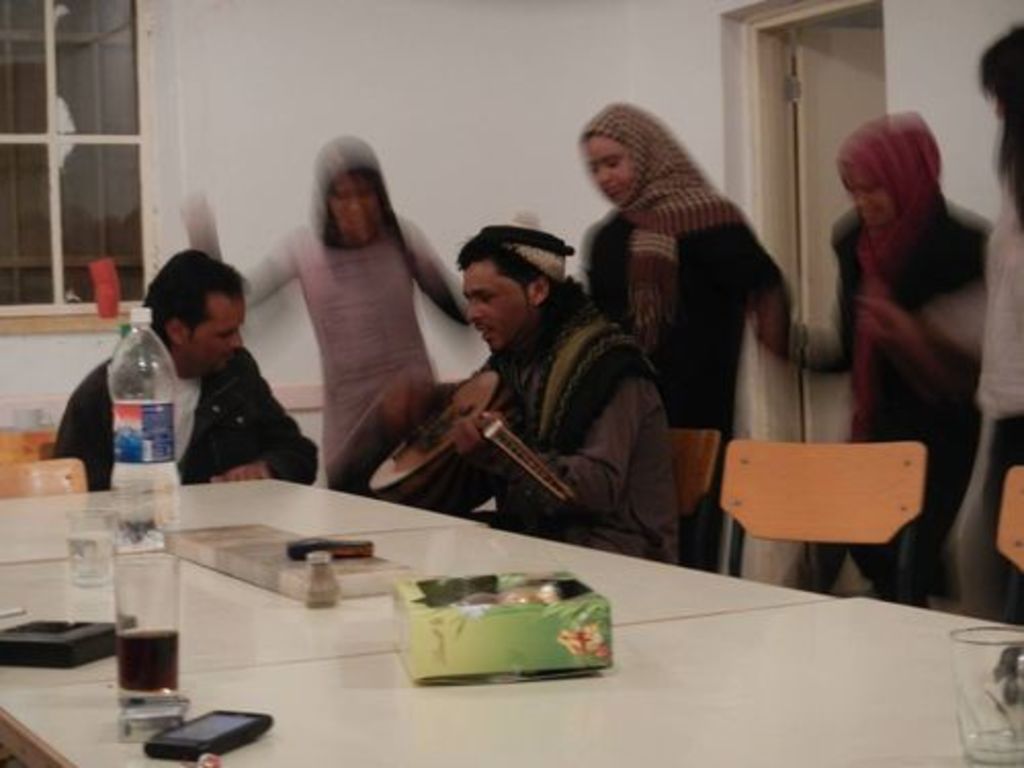Sunday, April 1st, 2012
In Nazzal’s Camp but also on the site we have a swift change from one project to the next. The Aslah project just came to an end and today the Northeastern Petra Project (NEPP) started for its second season while on Umm al-Biyara there is still one week to go. The NEPP is focussing on an area defined by Wadi Mattaha, Wadi Mousa and the Khubta massif. Last year, a general survey took part there. We systematically walked and sherded the entire area, subdivided in squares measuring 50 x 50 m. All visible structures were measured and described by the surveyors. Additionally, the most eye-catching structures were described in details.

So, this season, besides adding a few walls that couldn’t be measured last year, we plan to specifically sherd designated structures in order to learn more about the chronological range of pottery present in and around them. Also, for the three main structures of the area, a detailed architectural survey is planned. But the first day mainly consisted of taking contact with the site, re-locate all the features etc. Co-directors Zbigniew Fiema, Bernhard Kolb and Stephan Schmid were eager to get everything started as quickly as possible, since the two weeks planned for this season seem to be quite short.

The start of NEPP had as a result that the effectives on Umm al-Biyara were reduced. Nadine Bürkle and Will Kennedy joined the NEPP, Jan Reimann had to return to Germany in order to work, and Stephan Schmid had to share his time between the two projects. So, fortunately Piotr Bienkowski had arrived two days ago and he immediately took over on Umm al-Biyara. Some last sectors remained to be completely exposed and then it was a lot of documentation work and also backfilling planned for this week.

Monday, April 2, 2012
On Umm al-Biyara Christoph Schneider was proofing all so called scientific statements wrong that men aren’t able to do multitasking. His working area around the water tank was getting larger and larger, so that he had to swift between the water tank properly and an area that turned out to a small but well preserved hypocaust room. Piotr Bienkowsky immediately felt the need for additional working power at this spot and in a record time the two finished excavating that area. As a result we have either an additional heated room within our bathing installation, or we have to reckon that the heated room excavated last year is much larger than we originally thought. In any case, there is still some additional research to be carried out in order to completely understand the plan and organisation of the bathing installation.
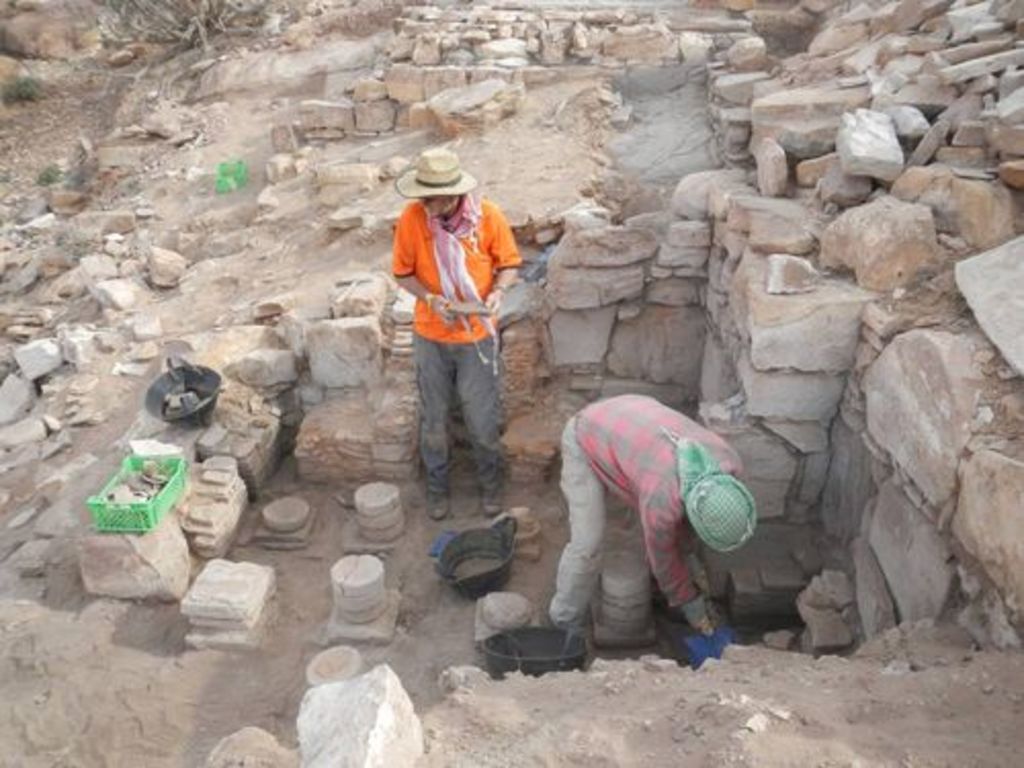
In the NEPP area soon a split into several teams took place. Bernhard Kolb and Zbigniew Fiema kind of naturally found together and literally turned every stone in their preferred structures, discussing architectural problems all over the day. The surveyors, Maija Holappa and Jana Falkenberg, had to measure a few structures left from last year. The rest of the team continued to systematically pick up sherds in and around designated structures. The working impetus was so great that in the heat of chasing architectural fragments, Bernhard Kolb got hurt on the small finger of his right hand. An emergency phone call to Nazzal’s Camp, where Stephan Schmid was doing some administrative work, and ten minutes later the brand new emergency box was on site, so that Nadine Bürkle and Zbigniew Fiema could take care about the wounded finger and Bernhard Kolb, although having lost a lot of blood, could continue working.
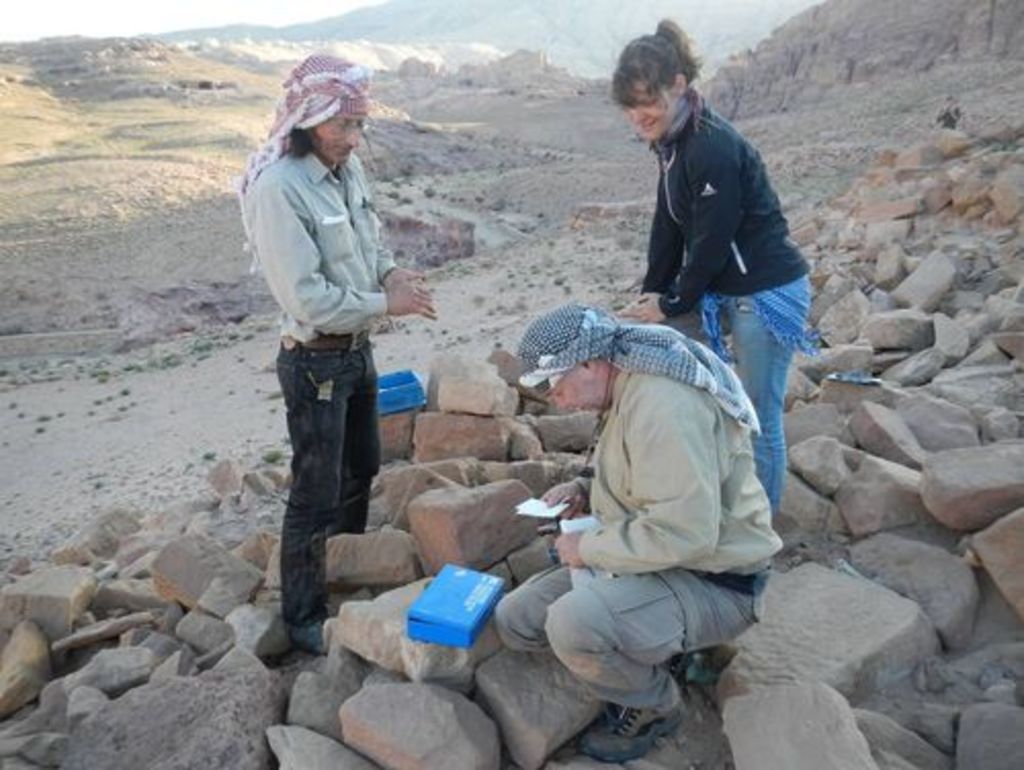
Tuesday, April 3, 2012
On Umm al-Biyara the final steps of the archaeological work were going on. While everybody was busy in the various squares, the goat herd that visits us quite regularly came up to the plateau once again, without anybody noticing. Viciously, the goats sneaked by the people working on the NE edge of the plateau and went directly to our camp site where they devastated the space inside and in front of the cave. Almost everything was partially eaten: real food, plastic bags, part of the equipment and so on. Fortunately, the tent wasn’t damaged and some food remained untouched as well. However, quite some extra time was necessary a) in order to get rid of the goats and b) in order to clean up the mess they left behind.

In the mean time, the last remaining structures were sherded by the „Neppies“ and the number of plastic bags containing the pottery collected got bigger and bigger. During this time, Bernhard Kolb and Zbigniew Fiema identified, described and prepared for measuring and photo shooting more that 300 architectural fragments within structures 1 and 2.

The „problem“ with pottery is that once you have collected it, it needs some processing. So, first it has to be washed. But not just a little bit, otherwise the pottery people won’t be able to identify anything; so it has to be washed carefully and intensively. Next comes the laying out according to major groups (like fine ware, coarse ware) and parts (like rims, body sherds etc.) to make the work of the pottery people easier and faster. In our projects the goal is to have everybody participating at as many steps of the work as possible so to maximize the learning effect and to share a maximum of information. So, everybody has to was and lay out pottery, although most people think it’s a very boring task.
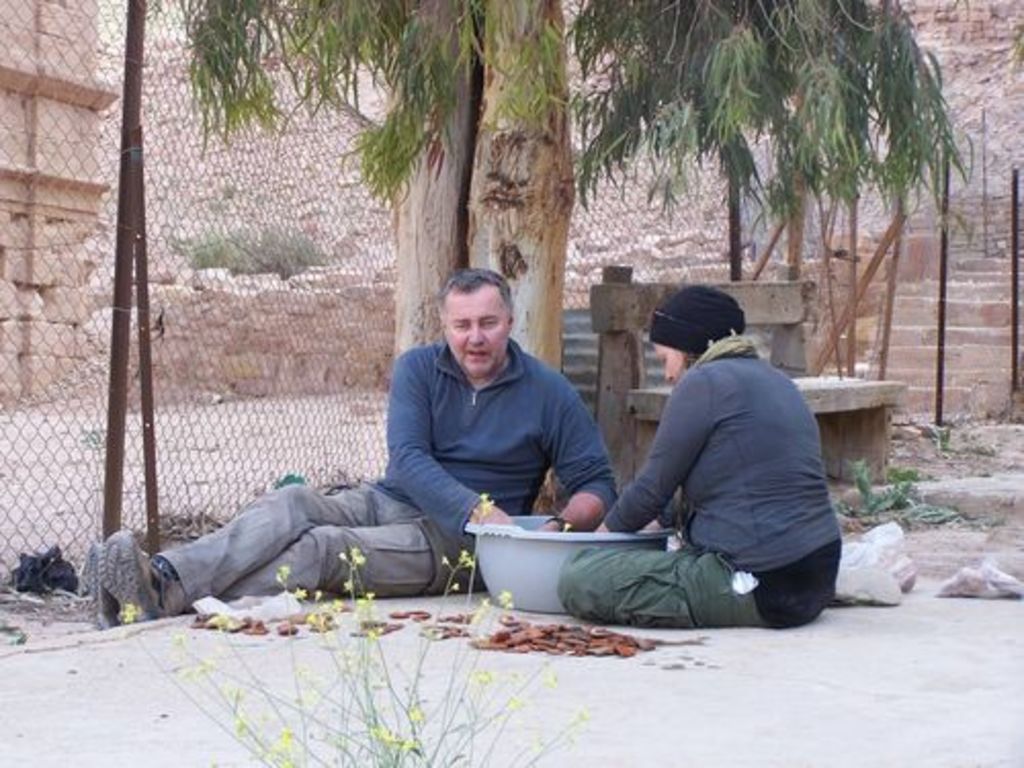
Wednesday, April 4, 2012
On Umm al-Biyara almost all the archaeological work was done. This means that now the backfilling can start. As already explained, in order to protect the excavated structures we fill them back, at least to a certain extend. Since yesterday night Christoph Schneider and Laurent Gorgerat left and travelled back to Switzerland, the Ummies were desperately looking for reinforcements for the backfilling. Fortunately, some of the „Neppies“ could arrange a day off in order to come up to Umm al-Biyara. Therefore, with the additional help of Thomas Kabs and Will Kennedy, the backfilling went on quite smoothly.

Despite the fact that everything had to be backfilled by the end of the week and, therefore, work continued on a sharp rhythm, some small breaks broke the monotony on Umm al-Biyara. And in one of the breaks, Will Kennedy suddenly had his harmonica popped out of nowhere and started playing the blues. Everybody admired his so far almost unknown skills before the next few hours of backfilling.

While for all the duration of our season almost every day at least somebody was ill with a cold or coffin their way up to Umm al-Biyara, after some weeks of demanding physical work other body parts start getting affected. For example, Sebastian Hoffmann started seriously suffering from a tenosynovitis in his right arm. Fortunately, once again Polly Agoridou (vulgo „sister morphine“) had everything that was needed in her endless medicine cabinet and after a few days of intense care, the arm was like new.
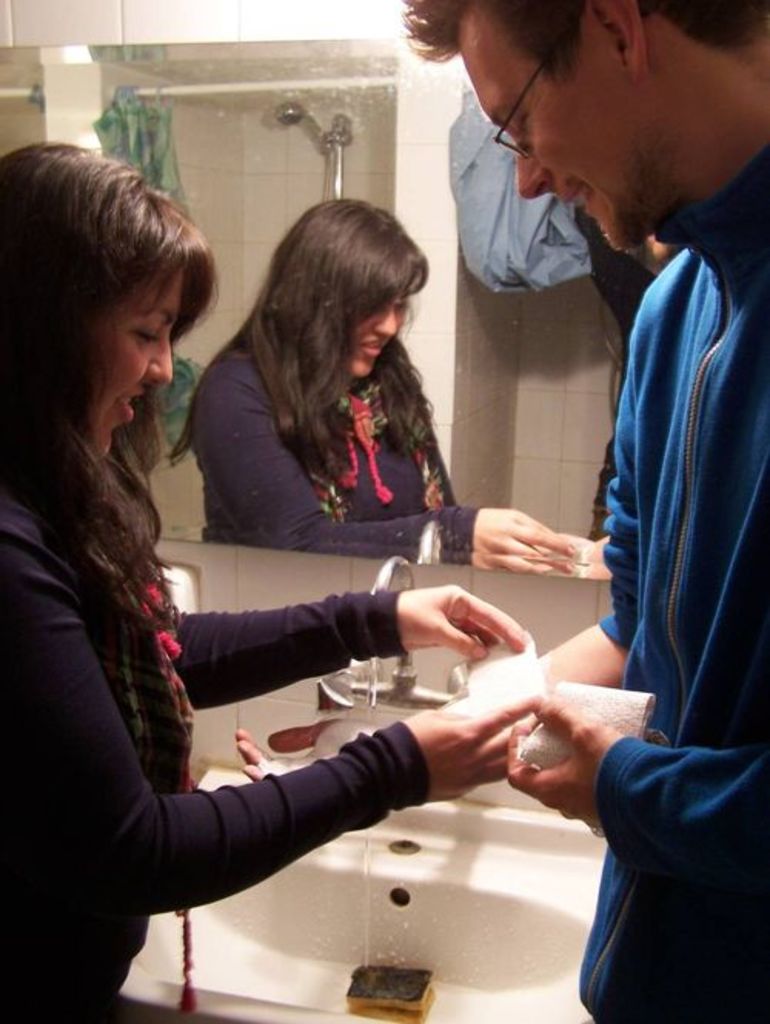
Thursday, April 5, 2012
Today was the last working day on Umm al-Biyara. Within others this means that all the stuff has to be carried down the hill. Most of the tools etc. can be carried by donkey, but there is again the notorious black box containing our small solar plant that has to be carried by men. Will Kennedy has a kind of permanent subscription to that task, so we only have to find a second man. This time it was Thomas Kabs who kindly shared that special experience. After all, it’s only about 1000 steps.


Friday, April 6, 2012
One of the crucial issues for the people working on Umm al-Biyara is the visibility. During all the work carried out so far, it became increasingly clear that Umm al-Biyara must have been a kind of turning point for the Nabataean’s control of the area around their capital Petra. A series of watchtowers all around the Shara mountains and down into the Wadi Araba was apparently communicating with Umm al-Biyara that in turn could communicate with the city centre. So, in order to put some physical elements into these nice theories, we collectively visited a presumed watchtower on Jabal Qaroun, a few kilometres north of Petra.


Saturday, April 7, 2012
After one month of hard work, our camp managing team, mainly Suleiman Mohammed and Aziza Suleiman, decided that it’s time for a party. So they organised traditional music with some rather modern amplifiers and extensive singing and dancing took part in the ground floor of Nazzal’s Camp until late night.
